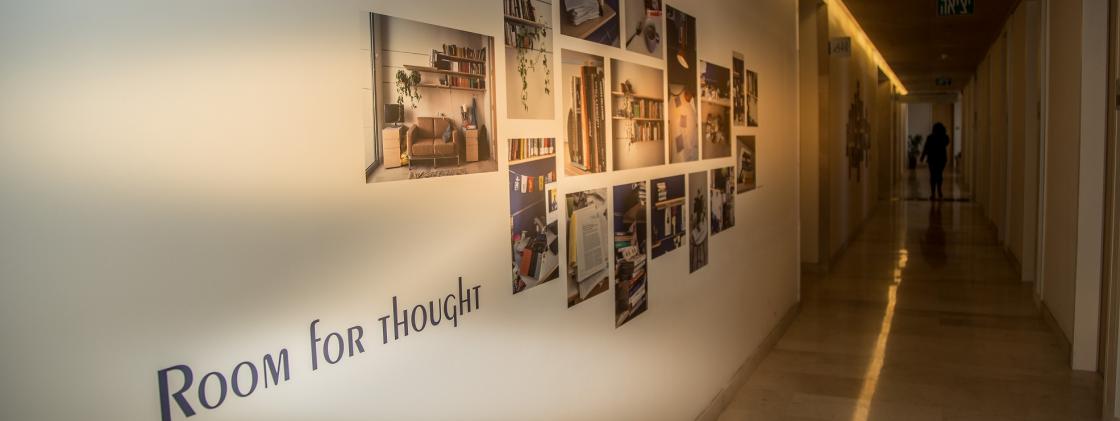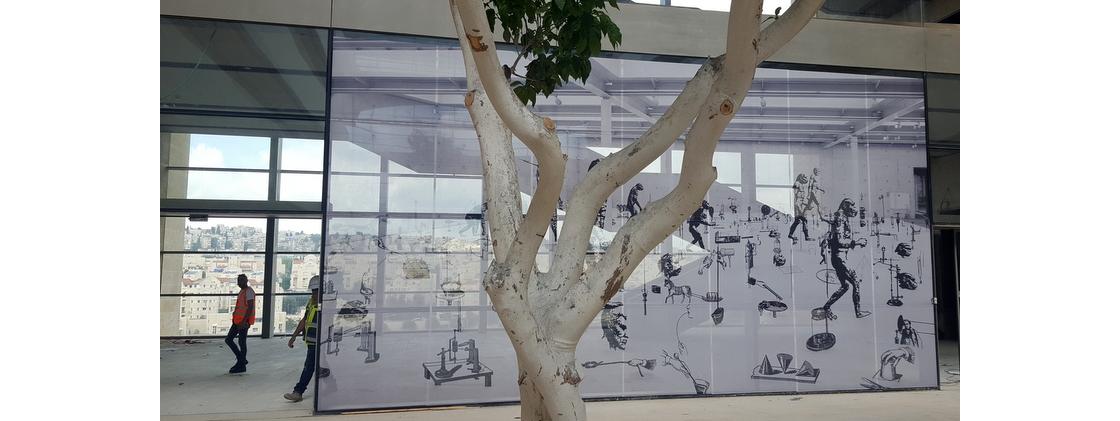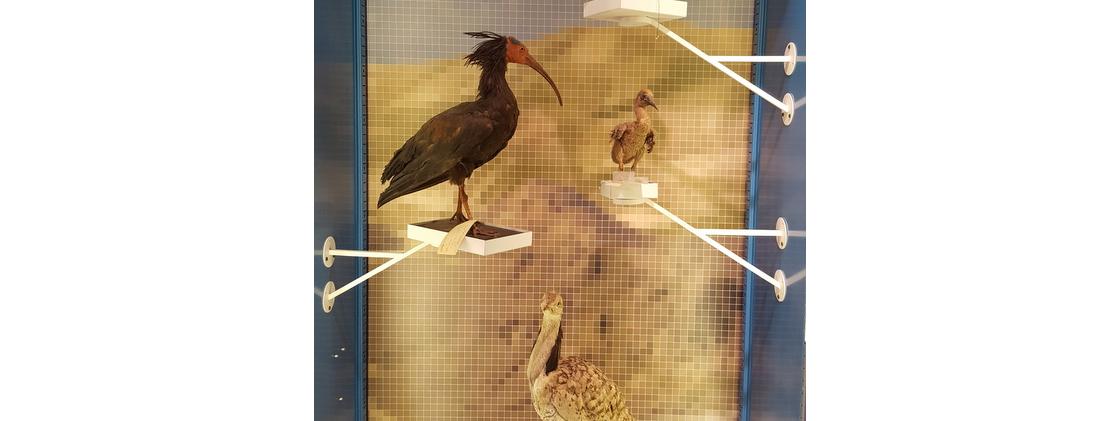Ein Karem
Medical Library
Curators: Michal Mor | Designers: Sonja Olitsky, Dan Hochberg
Opening Date: May, 2015
Experience the world of medical examination, diagnosis, prognosis and education, via the collections of various physicians which form the basis for the museum.
In ancient Greek medicine, since Hippocratic times, 5th century BCE, human physiology was based on the theory of the “Four Humors”. Modern surgery followed a better understanding of the human body when Vesalius became Professor at the University of Padua in the 16th century and published his masterpiece, the Fabrica. The advancement of physiology, the invention of the microscope and discovering the germ theory of disease led to cures for many infectious diseases. 18th century military doctors improved trauma treatment, first aid and surgery. Modern medicine developed with the introduction of new biological treatments, developments in chemistry, genetics and laboratory technology Professionalization, resulted in better trained nurses from the late 19th century and specialized physicians in the 20th century.
Recent advances in medical sciences are built on the foundations of past generations and an understanding of the medical past can still teach us much of what remains important to the physicians of today and tomorrow.




















